Behind Those Partition Walls: More Than Just Space Dividers
- circular connection
- Aug 3, 2025
- 2 min read
Partition walls often go unnoticed, but they quietly shape how we work, live, and reuse space. Their role in creating flexible interiors is bigger than it seems.
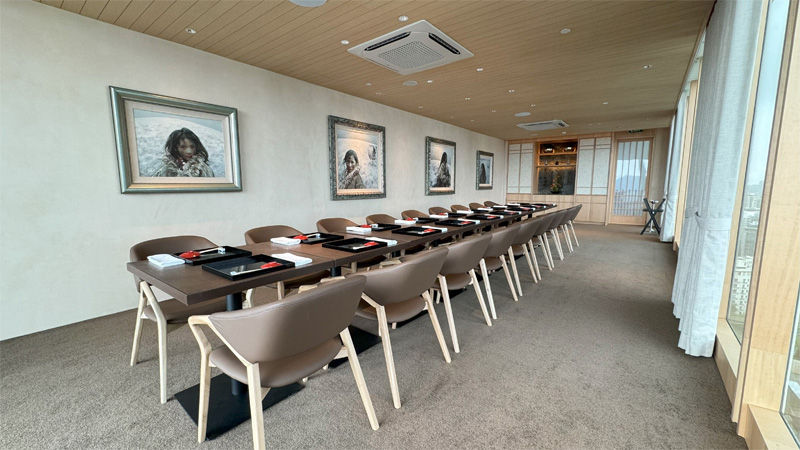
Image: HW Homeworks
An Overlooked Element in Interior Design
Partition walls are a staple in many interiors, yet they rarely draw attention. These structures separate space, manage flow, and define zones within a room. They are used across residential, commercial, and retail environments to improve how a space performs without the need for permanent walls.
Shaping Flexible and Functional Spaces
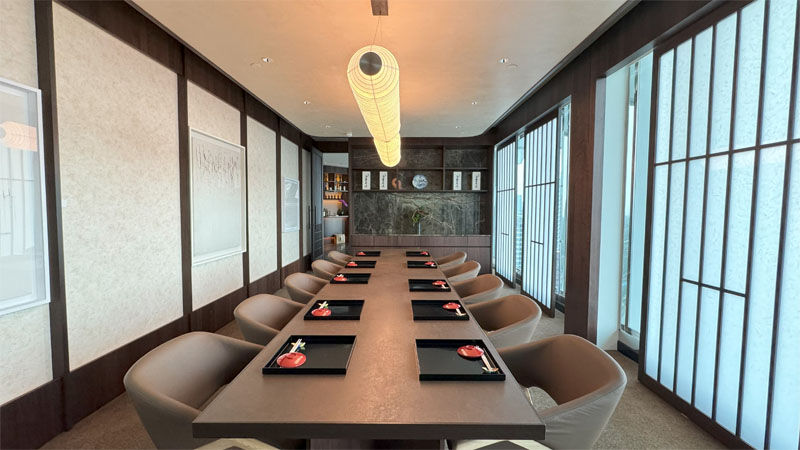
Image: HW Homeworks
Partition walls help adapt interiors to different functions. In offices, they create meeting areas, quiet workstations, or collaborative corners. In homes, they make room for study zones, sleeping areas, or added privacy in shared spaces. In retail settings, partitions help shape store layouts, control customer flow, and allow for frequent visual updates.
This ability to reconfigure space without structural renovation makes partitions a valuable design tool.
Common Types of Partition Walls
Image: HW Homeworks | Wallowin Interior
Partition walls are commonly built using drywall, which involves gypsum boards mounted on metal frames. These are used to create full-height walls in homes and offices and are typically fixed in place. Drywall is affordable and quick to install but is usually not movable.
Glass partitions are also widely used, particularly in office settings. They provide visual openness while offering acoustic separation. Frosted or tinted options offer added privacy.
Modular partition systems are gaining popularity, especially in co-working spaces and retail. These may include panel tracks, sliding systems, or lightweight panels that are easier to reconfigure. Some also come with added functions such as shelving or sound absorption.
Supporting Layout and Privacy Needs
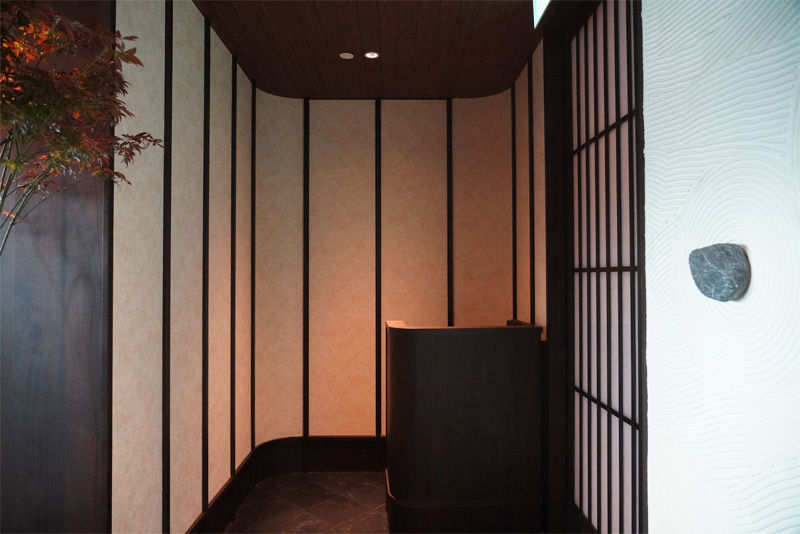
Image: HW Homeworks
Beyond dividing a space, partition walls can manage noise, guide movement, or create visual zones without altering a building’s layout. Some come with acoustic panels to reduce sound between areas. Others include writable surfaces for office use or open shelving that even doubles as storage.
Their flexibility allows designers to make the most of limited square footage while supporting the comfort and privacy of users.
Adapting to Changing Needs
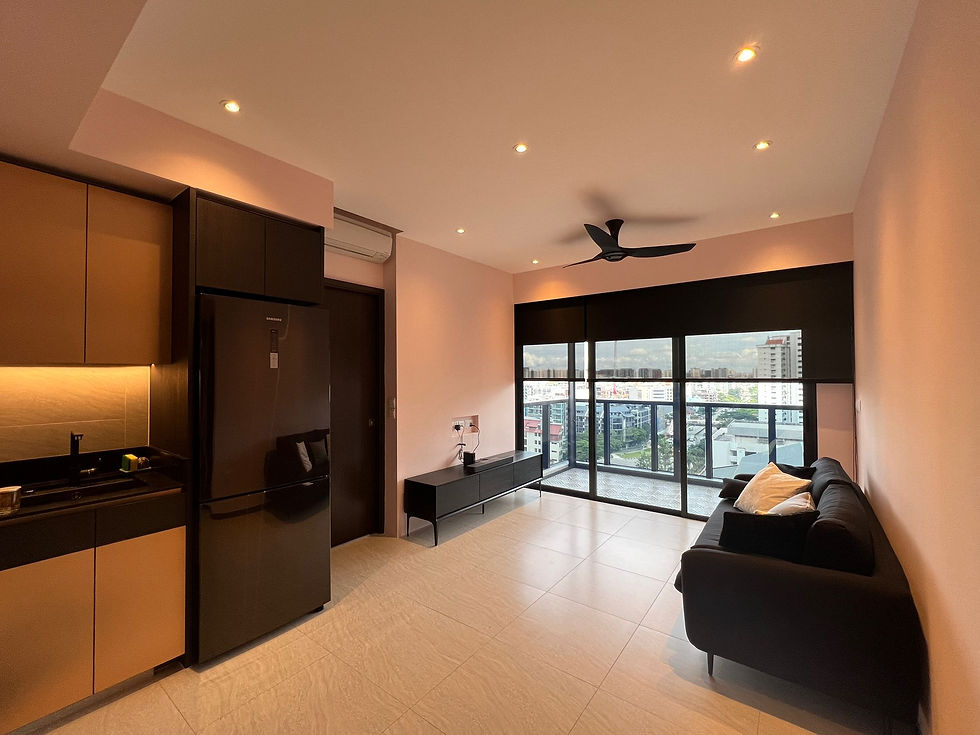
Image: Wallowin Interior
As work habits, household arrangements, and commercial demands shift, interiors must keep up. Partition walls support that change. They help manage open layouts, divide shared rooms, and adjust floor plans without structural alterations.
Whether in a growing family home, a dynamic office, or a rotating retail display, partitions make it easier to meet evolving needs.
Conclusion: A Versatile Element in Everyday Spaces
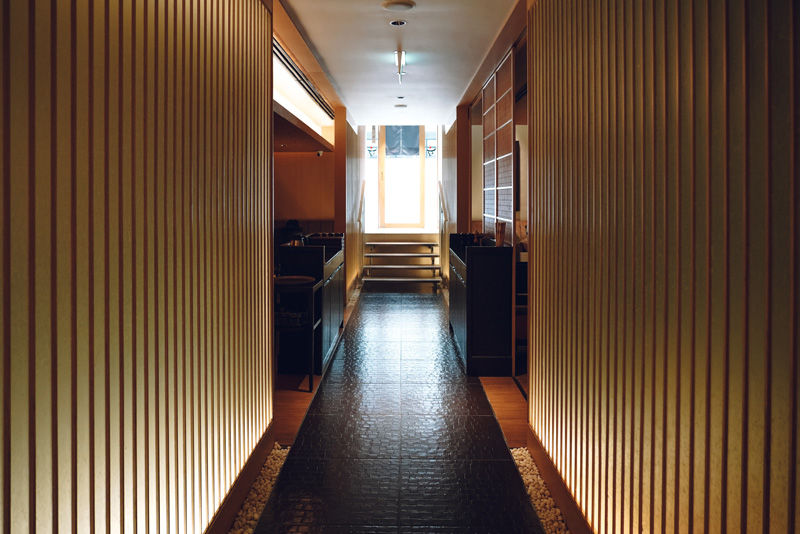
Image: HW Homeworks
Partition walls are more than background features. They provide structure, shape how people use space, and respond to changing functions within homes and businesses. Their value lies in quiet adaptability—making them a smart choice for those looking to create flexible, well-organised interiors.












